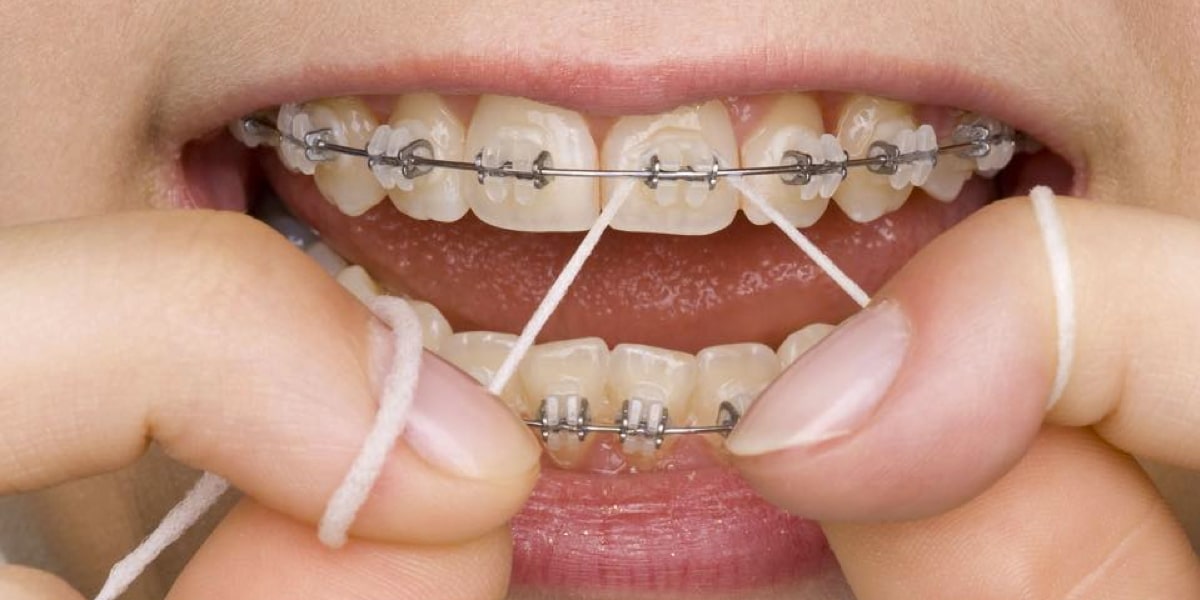
Jaw Shaping
A major benefit of receiving orthodontic treatment in childhood is that it's possible to take full advantage of a youngster's own natural growth process to treat or even prevent malocclusions ("bad bites")
Some of these devices are fixed in the mouth (like braces), and can't be taken out at home; others are more like retainers, and can be removed as recommended. But in general, all functional appliances have a few things in common.
In orthodontics, a plate is a hard plastic device which fits around the top teeth, the bottom teeth or sometimes both. It uses wires and springs to push the teeth into position, or to hold them in place as other adult teeth enter your child’s mouth. The wires or springs are not fixed to the teeth, so the plate can be removed, unlike braces.
In some ways, the fact that it can be removed is an advantage, as it means your child can take the plate out to eat and clean it. However if you want to achieve the best outcomes, your child needs to be committed to wearing it as the orthodontist advises.
There are also more complicated removable plates known as “functional appliances”. These dental plates modify the direction the teeth and jaws grow in, especially in children whose upper teeth are protruding.
Instead of acting primarily on the teeth, they work by re-positioning the mandible (lower jaw) in a way that helps the bite develop in a better orientation; depending on what type of correction is needed, a particular type of appliance may be recommended.
Also, these appliances are most effective when used while the jaw is still developing - in other words, around the time of puberty in children, before growth is complete. However, some can be used in adults as well.
The use of functional appliances is a key feature of interceptive orthodontics. In this treatment method, we take advantage of the body's natural growth patterns to guide the development of the jaws in a more favorable way.
Jaw Shaping helps in minimizing the time for which the child will have to wear braces.

